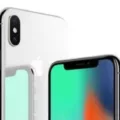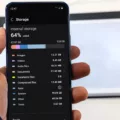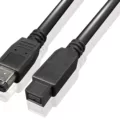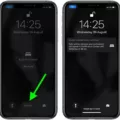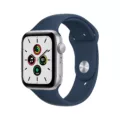Taptic technology has revolutionized the way we interact with our Apple devices. With its ability to provide haptic feedback, users can now experience a whole new level of tactile sensations while using their iPhones, Apple Watches, and other iOS devices.
Haptic feedback is essentially the tap or quick vibration that users feel when interacting with different elements of their iPhone. It adds a physical dimension to the user interface, allowing users to receive feedback without having to look at the screen. This can greatly enhance the user experience by providing quick and intuitive feedback.
Apple is constantly exploring ways to improve the haptic feedback experience on their devices. One area of focus is making swiping across an iOS screen feel more tactile. By combining haptic feedback with visual feedback, Apple aims to create a more efficient and intuitive interaction between users and their devices.
One notable example of how haptic feedback is used on Apple devices is on the Apple Watch. When the watch is in silent mode, it can tap out the time on the user’s wrist with a series of distinct taps. This not only allows users to discreetly check the time without looking at their watch but also adds a level of convenience for those who may have visual impairments or prefer not to rely solely on visual feedback.
To customize the haptic feedback experience on an Apple Watch, users can navigate to the Settings app and tap on “Clock”. From there, they can scroll down and tap on “Taptic Time”. This allows users to personalize the way their Apple Watch taps out the time, ensuring it suits their preferences and needs.
The integration of haptic feedback into Apple devices has opened up new possibilities for user interaction. It provides a more immersive experience, allowing users to feel connected to their devices in a way that goes beyond just visual and auditory cues. This level of tactile feedback can make tasks more efficient and intuitive, as users can receive information without having to rely solely on their eyes and ears.
As Apple continues to explore and innovate in the field of haptic feedback, we can expect to see even more advancements that enhance the user experience. Whether it’s through improvements in swiping gestures or the integration of haptic feedback in new and exciting ways, the future of taptic technology is undoubtedly promising.
Taptic technology has transformed the way we interact with our Apple devices. The ability to receive haptic feedback adds a physical dimension to the user interface, making interactions more efficient and intuitive. With Apple’s ongoing research and development in this field, we can anticipate even more exciting advancements in the future.
What is The Meaning Of Taptic?
Taptic is a term used by Apple to describe a technology that provides haptic feedback on their devices. Haptic feedback refers to the use of tactile sensations or vibrations to convey information to the user. In the case of Apple devices, such as iPhones, iPads, and Apple Watches, the Taptic engine is responsible for generating these vibrations.
The Taptic engine is a small, intricate mechanism that is integrated into the device’s hardware. It is designed to provide precise and nuanced vibrations that can convey different types of information. This technology allows users to receive feedback without having to rely solely on visual or auditory cues.
The sensations produced by the Taptic engine can vary depending on the context and purpose. For example, when receiving a notification, the device may provide a short, gentle tap to alert the user. Similarly, when interacting with certain elements on the screen, the Taptic engine can simulate the feeling of pressing a physical button or provide a subtle vibration to confirm an action.
By utilizing the Taptic technology, Apple aims to enhance user experience by providing a more immersive and intuitive way of interacting with their devices. The haptic feedback allows users to receive feedback and information in a more discreet and efficient manner, reducing the need to constantly look at the screen or listen for audio cues.
Taptic refers to the haptic feedback technology employed by Apple devices, which utilizes the Taptic engine to generate precise vibrations and tactile sensations. This technology enhances user experience by providing quick and informative feedback without the need for visual or auditory cues.
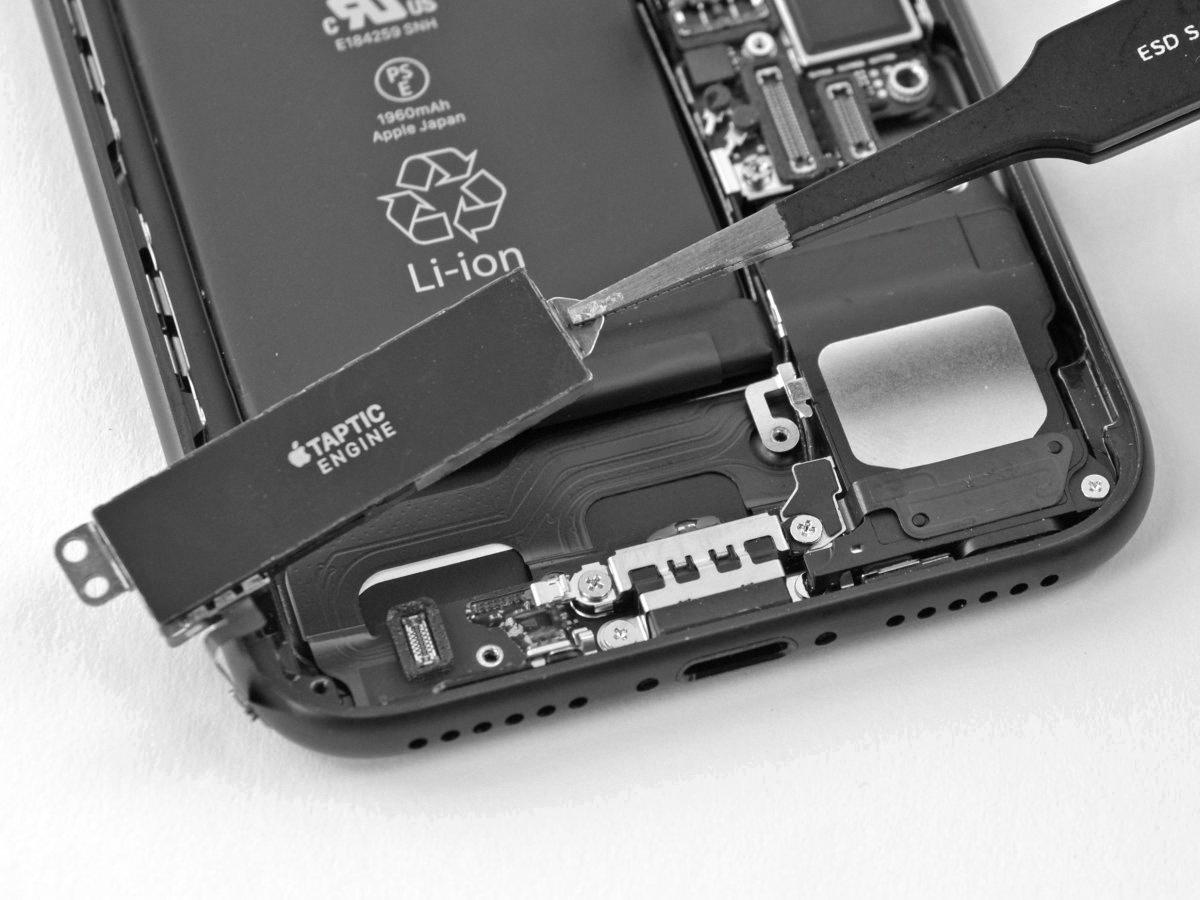
What is Taptic On iPhone?
Taptic on iPhone refers to the haptic feedback technology implemented by Apple. Haptic feedback, or simply haptics, is a feature that provides tactile sensations or vibrations when interacting with the screen or certain elements of an iPhone. This technology enhances the user experience by adding a physical dimension to the touchscreen interactions.
The Taptic Engine, a precise and compact mechanism, is responsible for generating these haptic feedback sensations. It consists of a small motor with a weighted mass that can move in different ways to create various types of vibrations. These vibrations are designed to mimic the sensation of pressing a physical button or provide feedback for different gestures and actions performed on the iOS screen.
By incorporating haptic feedback, Apple aims to make interactions with the iPhone more intuitive and efficient. For example, when scrolling through a list or menu, you may feel a subtle vibration that simulates the sensation of physically flicking through the items. This can help users better understand and navigate the interface.
Taptic feedback is not limited to just scrolling. It can also be utilized in various other scenarios, such as typing on the virtual keyboard, toggling switches, adjusting sliders, or receiving notifications. The combination of visual and haptic feedback can improve the overall user experience by providing a more immersive and responsive interface.
What is Taptic Time On Apple Watch?
To access Taptic Time on your Apple Watch, follow these steps:
1. Open the Settings app on your Apple Watch.
2. Scroll down and tap on “Clock” in the list of options.
3. Continue scrolling down until you find “Taptic Time” and tap on it.
Taptic Time is a feature on Apple Watch that allows you to receive time notifications in a unique way. Instead of displaying the time visually on the screen, Taptic Time uses haptic feedback to tap out the time on your wrist. This is particularly useful when the watch is in silent mode or when you are unable to look at the screen.
When you enable Taptic Time, your Apple Watch will vibrate with a series of distinct taps to indicate the current time. Each tap corresponds to a specific unit of time, such as hours, minutes, or seconds. For example, if it’s 2:30, the watch might tap twice (representing 2 hours) followed by three quick taps (representing 30 minutes). This tactile feedback allows you to discreetly check the time without needing to visually check the watch face.
Using Taptic Time can be helpful in situations where you don’t want to disturb others with audible notifications or when you need to check the time discreetly. It adds an extra layer of convenience and accessibility to the Apple Watch experience.
Taptic Time on Apple Watch is a feature that provides time notifications through haptic feedback. By enabling this feature, your watch will tap out the time on your wrist, allowing you to check the time without needing to look at the screen.
Conclusion
Taptic technology has revolutionized the way we interact with Apple devices, providing a more intuitive and efficient user experience. By combining haptic feedback with visual feedback, Apple has created a seamless and tactile interface that allows users to quickly and effortlessly navigate their iOS screens. The taptic engine functionality enables users to feel distinct sensations that convey information without the need to look at a screen or display. This feature is particularly useful in silent mode, where Apple Watch can tap out the time on your wrist, providing discreet and convenient timekeeping. Apple’s ongoing research into enhancing the tactile experience of swiping across an iOS screen further demonstrates their commitment to improving user interaction. With taptic technology, Apple continues to push the boundaries of innovation, making their devices more accessible and enjoyable to use.






